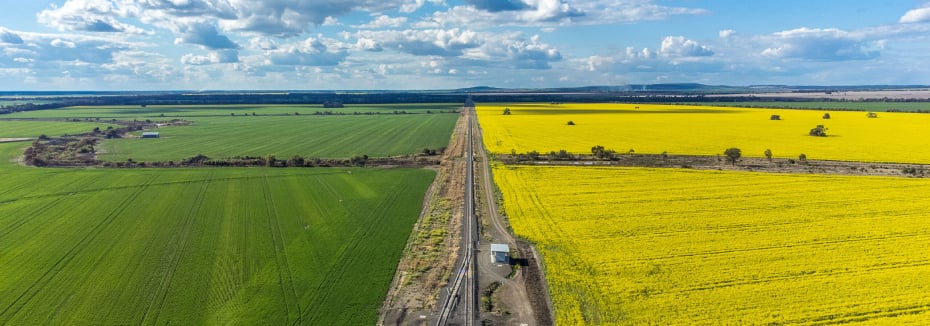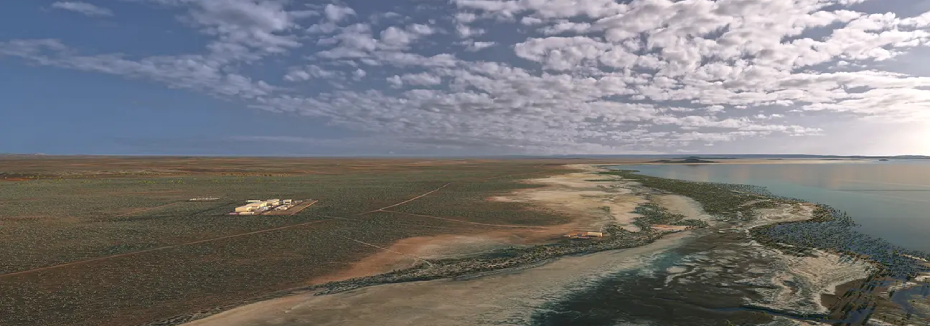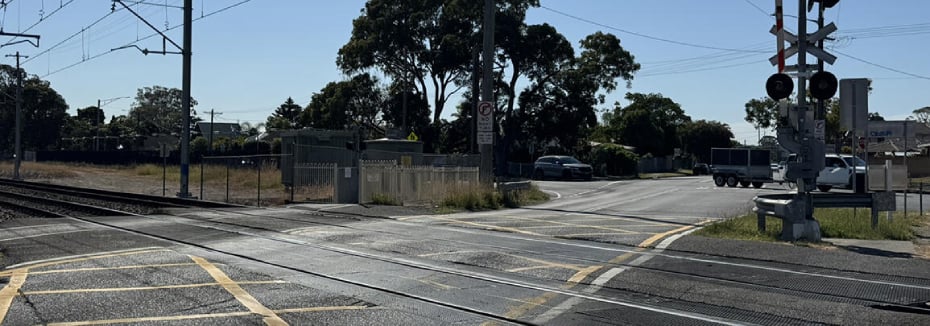Whether you’re a project manager, site supervisor, or machine operator, it’s your primary responsibility to make sure that your team is safe from any kind of injury or accident while working on site. Unfortunately, in some cases, our quest for project efficiency means that safety measures are cut to make room for further productivity. The link is simple - if you minimise the importance of safety guidelines, you’re increasing the risk of an on-site accident.
As a boss, you need to enforce a strict safety policy even though it may affect your productivity output. For example: you notice the scaffolding on-site is not as stable as you’d like it to be, so before you let anyone from your team get on the scaffolding, double check it first and make sure that it’s stable enough to climb on – remember, having an accident on-site will delay your productivity further than taking an hour to ensure that the scaffolding is safe to use.
As it’s National Work Safe Month this October, we’ve listed four tips to keep your team safe on-site.
-
Reward those who exercise a “safe behaviour”
Always reward and praise those who exercise caution while working on-site – rewarding and praising your team will encourage them to show a good attitude in the workplace. Give them a pat on the back when you see your team displaying a safe behaviour to let them know that you notice how safely they try to do things. It may also encourage other employees to follow suit, and proactively exercise caution on-site.

-
Don’t punish your team for having a safe behaviour on site
When a slight delay in production occurs because your team wanted to take any extra precaution, don’t punish them. Criticising those who adhere to safety guidelines will only create a poor attitude towards risk management in the future. Remember, poor respect for safety = increased chances your team will forego safety procedures and increased chances of having an accident.
-
Take the lead
As the boss, your team will follow your example whether it’s good or bad. So, when you show that you respect any safety guideline, and encourage others to do the same, your team will follow suit. Safety plays a big role in the overall success of your project, so lead by example and show your team that you mean what you say.
-
Plan A, Plan B, Plan C… Plan Z

Risk management is one of the most important capabilities a contractor can demonstrate, so make sure you have a solution for each possible risk situation. One of the main reasons why safety precautions are overlooked is that little planning is done ahead of time. Poor planning will only increase the risk of delays in production. It’s a rare project that goes to plan at every single step, so always plan ahead.
A strong positive attitude towards safety guidelines will always have a twofold effect - a more conscious team, and better risk management.
The first step of risk management is to identify and assess the risks your project could possibly create. You should have a problem and solution worked through for each possible scenario. To help you out, we’ve created a checklist for you and your team when planning your project’s safety measures. Click the link below for your FREE downloadable Project Risk Assessment Checklist.

Recent Articles
NSW Govt approves Inland Rail Narrabri to North Star Phase 2 project
Delivery of the second phase of Inland Rail in New South Wales will soon get underway as the State Government gives the green light to the Narrabri to North Star Phase 2 project.
New significant milestones reached on proposed Northern Water Project
Two significant milestones have been achieved on the proposed Northern Water desalination plant in South Australia.
Plans unveiled for major upgrade to NSW Rawson Rd level crossing
The New South Wales Government has unveiled plans for a major upgrade at Rawson Road and Railway Street in Woy Woy to make one of the Central Coast’s level crossings safer.
Get the latest project news
- updates on Australia's pipeline of state and federal projects
- fresh contract awards from major contractors and builders
If you're looking to contact us about other matters, please contact us.





